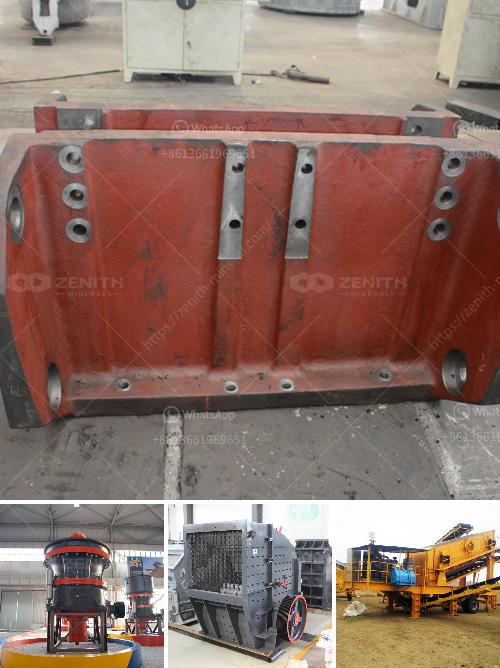A 50tph (tons per hour) alluvial tin processing plant is designed to extract tin from alluvial deposits, which are sediments deposited by water. Here's a general overview of what such a plant might include:
Feeding System:
Scrubbing and Washing:
Concentration Equipment:
Gravity Separation:
Slurry Handling:
Tailings Management:
Raw Material Feeding: The raw alluvial material is fed into a hopper and passed through a grizzly feeder to remove oversized rocks.
Scrubbing and Screening: The material is then fed into a trommel screen or rotary scrubber for washing. The washing process helps to break down the clays and liberates tin particles.
Primary Concentration: The washed material proceeds to jig concentrators which separate the tin ore based on density. Heavier tin particles settle at the bottom and are collected.
Secondary Concentration: The material from jigs is further processed on shaking tables and spiral concentrators to achieve a higher concentration of tin ore.
Fine Particle Recovery: Centrifugal concentrators are used to recover finer tin particles that other concentration methods might have missed.
Water Recycling & Tailings Disposal: Water used in the process is often recycled back into the system after thickening. The remaining tailings are either stored in ponds or treated further.
A well-designed 50tph alluvial tin processing plant should ensure high recovery rates, operational efficiency, and environmental compliance, achieving profitability and sustainability for the mining operation.
